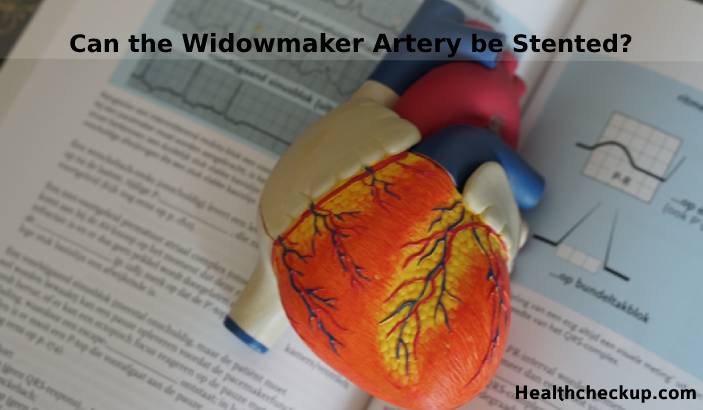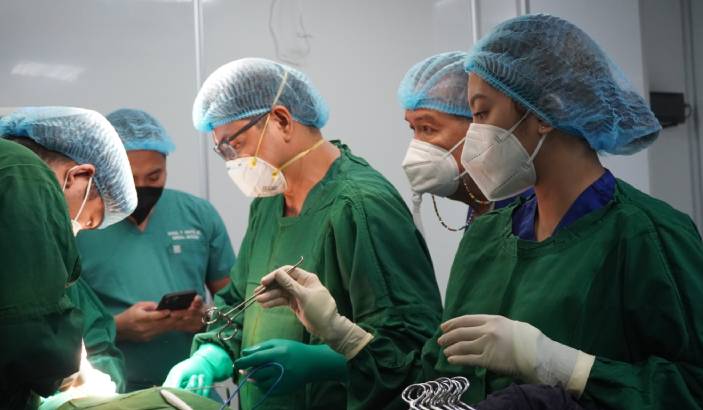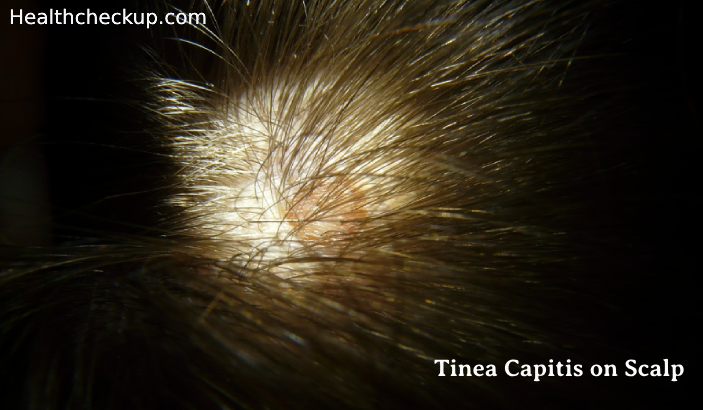Introduction
The term “widowmaker” is often used to describe a severe heart attack caused by the complete blockage of the left anterior descending (LAD) artery, a critical blood vessel responsible for supplying oxygen-rich blood to the heart. Due to the high fatality rate associated with widowmaker heart attacks, it is crucial to understand the available treatment options, including the possibility of stenting the affected artery. This article will explore the process of stenting the widowmaker artery, its benefits, risks, and recovery expectations.
What is a Stent?
A stent is a small, expandable metal mesh tube that is used to treat blocked or narrowed arteries. When an artery becomes blocked or narrowed, blood flow to the heart muscle may be reduced or completely obstructed, leading to chest pain, shortness of breath, or a heart attack. Stents help to restore blood flow by providing support to the artery walls and preventing them from collapsing or narrowing again after angioplasty, a procedure used to open blocked arteries.
Stenting the Widowmaker Artery: The Procedure
The process of stenting the widowmaker artery, or the LAD, typically involves the following steps:
- Pre-procedure Assessment: Before the stenting procedure, the patient undergoes a thorough evaluation, including a physical examination, blood tests, and diagnostic imaging studies, such as an electrocardiogram (EKG) or coronary angiogram, to determine the location and severity of the blockage.
- Angioplasty: During the angioplasty procedure, the patient is placed under local anesthesia, and a small incision is made in the groin or wrist to access the arterial system. A thin, flexible tube called a catheter is then inserted into the artery and guided to the site of the blockage using real-time imaging.
- Balloon Inflation: Once the catheter reaches the blockage, a small balloon located at the tip of the catheter is inflated, compressing the plaque against the artery wall and widening the artery to restore blood flow.
- Stent Placement: After the balloon is inflated, the stent is placed over the balloon and expanded to the artery’s width. The stent then remains in place, acting as a scaffold to support the artery walls and maintain blood flow.
- Post-procedure Care: Following the stenting procedure, the catheter is removed, and the incision site is closed. The patient is monitored in a recovery area for several hours before being discharged or admitted for further observation, depending on their condition.
Benefits of Stenting the Widowmaker Artery
Stenting the widowmaker artery can provide several benefits, including:
- Immediate Relief: Stenting can provide rapid relief from chest pain and other symptoms associated with reduced blood flow to the heart muscle.
- Improved Blood Flow: By opening the blocked artery, stenting helps restore blood flow to the heart muscle, reducing the risk of further damage.
- Prevention of Future Heart Attacks: Stenting the LAD can help prevent future heart attacks by ensuring that blood flow to the heart muscle remains unobstructed.
Risks Associated with Stenting the Widowmaker Artery
As with any medical procedure, there are potential risks associated with stenting the widowmaker artery. Some of these risks include:
- Blood Clots: Blood clots can form around the stent, potentially leading to a heart attack or stroke.
- Restenosis: The treated artery may narrow again over time, a process known as restenosis, requiring further intervention.
- Infection: Infection at the incision site or within the blood vessels is a rare but possible complication of stenting procedures.
- Bleeding: Bleeding at the site of the catheter insertion or within the blood vessels can occur during or after the stenting procedure.
- Kidney Damage: In some cases, the contrast dye used during angioplasty may cause damage to the kidneys, especially in patients with pre-existing kidney conditions.
- Allergic Reaction: Some patients may experience an allergic reaction to the contrast dye or other materials used during the stenting procedure.
- Heart Rhythm Abnormalities: Stenting procedures may occasionally cause disturbances in the heart’s rhythm, which may require further treatment.
Recovery Expectations After Stenting the Widowmaker Artery
The recovery period following a stenting procedure for the widowmaker artery can vary depending on the patient’s overall health, the severity of the blockage, and any complications that may have occurred during the procedure. Generally, patients can expect the following:
- Hospital Stay: Most patients will need to stay in the hospital for observation for at least 24 hours after the procedure.
- Pain Management: Mild discomfort or pain at the catheter insertion site is common and can be managed with over-the-counter pain relievers.
- Activity Restrictions: Patients are usually advised to avoid strenuous activities and heavy lifting for several days to weeks following the procedure.
- Medication: After stenting, patients are typically prescribed medications to prevent blood clots and control other risk factors for heart disease, such as high blood pressure and cholesterol.
- Follow-up Care: Regular follow-up appointments with a healthcare provider are essential to monitor the stent’s effectiveness and manage any potential complications or risk factors.
- Lifestyle Changes: In addition to the stenting procedure, patients are often encouraged to adopt heart-healthy lifestyle changes, such as improving their diet, increasing physical activity, quitting smoking, and managing stress, to reduce the risk of future heart problems.
Conclusion
In conclusion, stenting the widowmaker artery can be a life-saving procedure for patients suffering from a blockage in the left anterior descending artery. The stent helps to restore blood flow to the heart muscle, alleviating symptoms and reducing the risk of further damage. Although there are risks associated with the procedure, the benefits often outweigh these risks, particularly in cases of severe blockages. With proper follow-up care and lifestyle changes, patients who undergo stenting for the widowmaker artery can expect improved heart function and a reduced risk of future heart attacks. Always consult with a healthcare professional to determine the most appropriate treatment for your specific situation.








